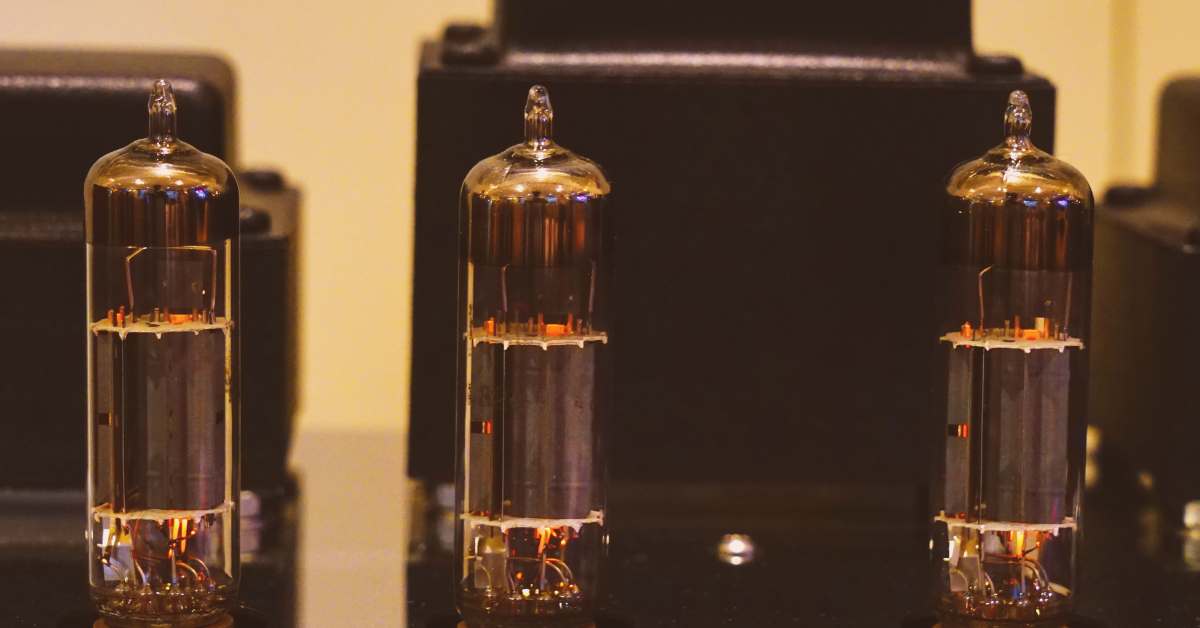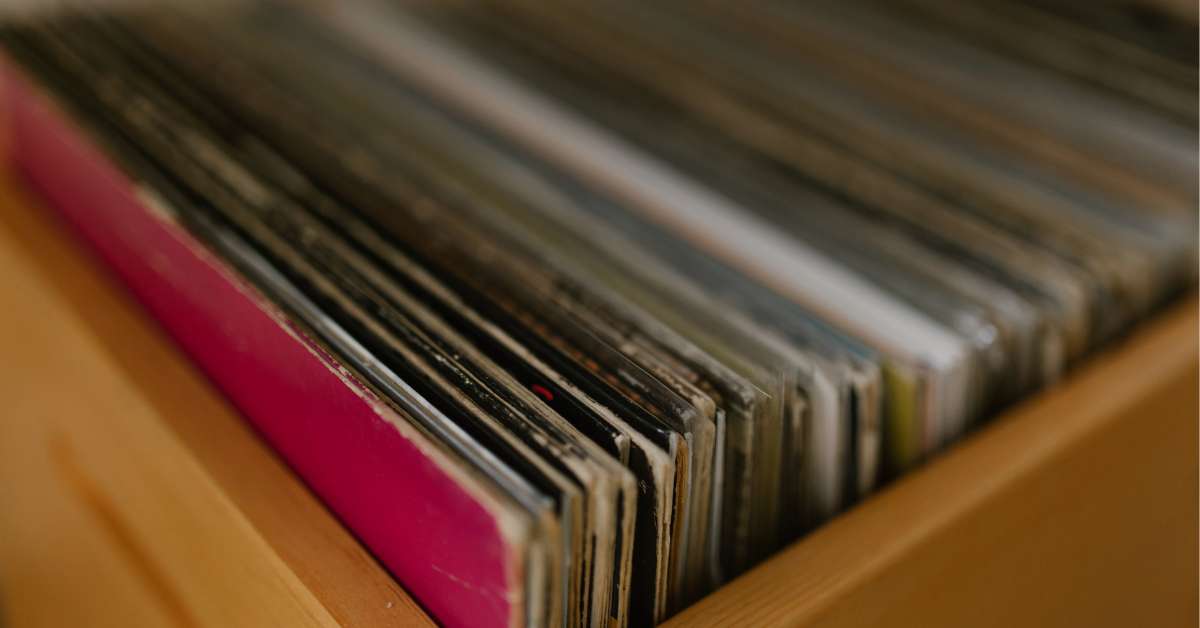Valve amplifiers are audio devices that use thermionic valves, also known as vacuum tubes, to enhance electrical signals, producing a warm, rich sound loved by audiophiles. They work on the principle of thermionic emission, where heated cathodes emit electrons within a vacuum, which the valves amplify and modulate.
Core Principles of Valve Amplifiers
Valve amplifiers amplify audio signals by precisely controlling the flow of electrons within vacuum tubes, leveraging the principles of thermionic emission and electron modulation. At the heart of the process, a heated cathode emits electrons when its temperature rises, causing a phenomenon known as thermionic emission. These free electrons move through the vacuum inside the tube, drawn toward the positively charged anode (or plate).
The Role of the Control Grid
Positioned between the cathode and anode, the control grid serves as a gatekeeper for electron flow. By varying the voltage applied to this grid, the amplifier modulates the number of electrons reaching the anode. This process allows the valve to amplify the weak input signal, maintaining its shape while significantly increasing its power.
Amplification Stages
Valve amplifiers typically consist of multiple stages:
- Input Stage (Preamp): The small, weak signal from an audio source is fed into a triode or similar valve, where it is amplified with high fidelity.
- Driver Stage: This intermediate stage boosts the signal further, preparing it to drive the final output stage.
- Output Stage (Power Amp): Larger valves, often pentodes or tetrodes, amplify the signal sufficiently to drive speakers, delivering powerful audio output.
The Importance of Vacuum
The vacuum inside the tube ensures unobstructed electron flow by eliminating air molecules, which could impede movement or cause undesirable electrical discharges. This environment also minimises signal distortion, preserving the clarity and tonal integrity of the amplified signal.
Harmonic Characteristics
A defining feature of valve amplifiers is their ability to generate even-order harmonics during amplification. These harmonics enrich the audio signal, creating a warm, natural sound that is highly valued by audiophiles. Unlike solid-state amplifiers, which prioritise linearity, valve amplifiers embrace a touch of euphonic distortion, enhancing the listener's experience.
The Role of Biasing
For the valve to operate efficiently, it must be biased correctly. Biasing involves setting a reference voltage to ensure the tube works within its optimal range, maintaining a balance between fidelity and power. Improper biasing can result in signal distortion or reduced lifespan of the valve.
By combining these elements, valve amplifiers convert weak audio signals into robust, dynamic outputs, delivering a listening experience characterised by richness, clarity, and a touch of vintage charm. Their unique operation remains a rich cornerstone of high-fidelity sound systems.
Key Components of Valve Amplifiers
Thermionic Valves
- Common types: triodes, pentodes, and tetrodes.
- Function: Amplify signals and create even-order harmonics, contributing to their characteristic tonal warmth.
Transformers
- Output transformers match the high impedance of the tubes with the lower impedance of speakers.
- Power transformers regulate and stabilise the voltage supply for consistent performance.
Power Supply
- Rectifiers convert alternating current (AC) to direct current (DC).
- Capacitors smooth out voltage fluctuations, ensuring a steady current.
Distinct Amplification Requirements of Triodes, Pentodes, and Tetrodes
Triodes
Purpose: Triodes are designed for low-power applications requiring minimal distortion and high linearity.
Characteristics:
- Simplest vacuum tube design with three elements: cathode, anode, and control grid.
- Excellent linearity and harmonic richness, ideal for high-fidelity sound reproduction.
- Produces significant even-order harmonics, contributing to the "warm" audio signature.
Applications:
- Preferred in single-ended amplifiers for audiophiles seeking pure, nuanced sound.
- Often used in preamplification stages due to their sensitivity and clarity.
Pentodes
Purpose: Pentodes are built for higher power output and greater amplification efficiency.
Characteristics:
- Contains five elements: cathode, anode, control grid, screen grid, and suppressor grid.
- The screen grid reduces capacitance between the control grid and anode, allowing higher gain and stability.
- The suppressor grid minimises secondary electron emissions, improving efficiency.
Applications:
- Widely used in power amplification stages where robust performance and higher output are required.
- Suitable for dynamic music playback and driving low-impedance speakers.
Tetrodes
Purpose: Tetrodes offer a middle ground between triodes and pentodes, providing higher power than triodes but with less complexity than pentodes.
Characteristics:
- Feature four elements: cathode, anode, control grid, and screen grid.
- The screen grid allows better control of electron flow and reduces parasitic capacitance, enhancing gain.
- Can exhibit a phenomenon called "screen grid current distortion," requiring careful circuit design.
Applications:
- Often found in intermediate power stages or specialised audio equipment.
- Common in guitar amplifiers where slightly more distortion is desirable for tonal character.
Types of Circuits in Valve Amplifiers
Single-Ended Circuits
- Deliver pure, harmonic-rich sound with limited power output.
- Favoured for intimate listening environments.
Push-Pull Circuits
- Offer higher power and reduced distortion.
- Ideal for dynamic, large-scale audio applications.
Why Audiophiles Prefer Valve Amplifiers
Valve amplifiers are celebrated for their warm, natural sound, defined by their emphasis on second-order harmonics. These harmonics add tonal richness and depth, delivering a musicality often missing in the precise yet sterile output of solid-state amplifiers. The subtle euphonic distortion introduced by valves enhances the emotional resonance of audio, creating a smoother and more engaging listening experience.
Audiophiles are also drawn to the glowing aesthetics of vacuum tubes, which evoke nostalgia and craftsmanship. Their vintage appeal is complemented by the tactile interaction offered through tube rolling, allowing enthusiasts to fine-tune sound characteristics by swapping out valves. The glowing tubes serve as both a functional and visual hallmark of the amplifier’s design.
Beyond aesthetics, valve amplifiers excel in generating an expansive soundstage, immersing listeners in a natural and lifelike audio environment. Their ability to reproduce smooth transitions across frequencies adds to their charm, especially for music genres where dynamics and tonal warmth are paramount. While less efficient than solid-state amplifiers, their unique sonic signature, tactile charm, and enduring craftsmanship make valve amplifiers a timeless favourite among audiophiles.
Advantages of Valve Amplifiers
Valve amplifiers excel at creating emotional, immersive listening experiences. They produce a wide soundstage, organic dynamics, and tonal depth. The glowing tubes add to their aesthetic appeal, making them a popular choice for audiophiles who are seeking timeless audio equipment.
Disadvantages of Valve Amplifiers
These amplifiers are less efficient, converting more power into heat. They require regular maintenance, such as tube replacement, and are often more expensive than solid-state alternatives. Despite these limitations, their superior sound quality justifies their ongoing popularity.
Applications of Valve Amplifiers
Valve amplifiers are integral to high-fidelity audio systems and professional music setups. Musicians rely on tube-based guitar amps for their tonal flexibility. Audiophiles often pair valve amplifiers with high-impedance speakers to maximise performance and fidelity.
Maintaining and Optimising Valve Amplifiers
Proper maintenance is essential for valve amplifier longevity. Tube rolling, or swapping valves, allows users to customise the sound. Regularly checking bias levels and replacing worn tubes ensures peak performance. Matching the amplifier's impedance with that of the speakers avoids undue strain.
Conclusion
Valve amplifiers remain iconic for their warm, engaging sound and nostalgic aesthetic. Their ability to produce rich tonal textures and immersive audio experiences secures their place in high-fidelity systems. For audiophiles, these amplifiers are a perfect blend of art and engineering, preserving their legacy as timeless audio technology.



